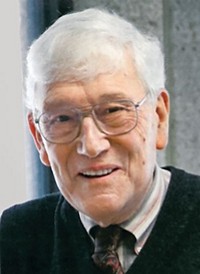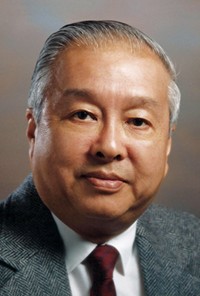Advertisement
Grab your lab coat. Let's get started
Welcome!
Welcome!
Create an account below to get 6 C&EN articles per month, receive newsletters and more - all free.
It seems this is your first time logging in online. Please enter the following information to continue.
As an ACS member you automatically get access to this site. All we need is few more details to create your reading experience.
Not you? Sign in with a different account.
Not you? Sign in with a different account.
ERROR 1
ERROR 1
ERROR 2
ERROR 2
ERROR 2
ERROR 2
ERROR 2
Password and Confirm password must match.
If you have an ACS member number, please enter it here so we can link this account to your membership. (optional)
ERROR 2
ACS values your privacy. By submitting your information, you are gaining access to C&EN and subscribing to our weekly newsletter. We use the information you provide to make your reading experience better, and we will never sell your data to third party members.
People
Hester Dies At 80
Upjohn medicinal chemist designed major drugs
by Susan J. Ainsworth
December 9, 2013
| A version of this story appeared in
Volume 91, Issue 49
Jackson B. Hester Jr., 80, a prolific medicinal chemist who invented Upjohn’s drugs Xanax and Halcion, died of cancer on Oct. 10.
Born in Norfolk, Va., Hester received a B.S. in chemistry from Massachusetts Institute of Technology in 1955 and a Ph.D. in chemistry from the University of Wisconsin, Madison, in 1960.
Hester then began his long career at Upjohn, investigating the relationship between pharmacological activity and chemical structure in several important classes of compounds. In particular, he focused on the treatment of anxiety and other mental disorders.
He worked to make additions to the compound benzodiazepine that could both increase and modify its biological effects. His research resulted in a new class of compounds, triazolobenzodiazepines. On the basis of this work, he developed Halcion (triazolam), which is used to treat insomnia, and the anxiety medication Xanax (alprazolam).
Later in his career, Hester focused his research on developing treatments for hypertension and ventricular fibrillation. He invented the drug Ibutilide, which is used to treat atrial fibrillation and atrial flutter. Credited with more than 120 patents, Hester retired in 2004 from Pharmacia, which had merged with Upjohn in 1995.
John McCall, who worked alongside Hester at Upjohn and is now president of his own company, PharMac, says, “Jack Hester was quite amazing in that the compounds that he made tended to be active, selective, and pharmacokinetically acceptable,” meaning they could be absorbed and metabolized. “He succeeded without making thousands of compounds. I think that his great skill was integrating his extensive experiences in chemistry, pharmacology, pharmacokinetics, and safety at the point of compound design,” he adds. “Impressively, Jack remained confident in his ability but humble about his accomplishments.”
Hester’s many accolades include the 1989 Pharmaceutical Manufacturers Association Discoverers Award.
He was an emeritus member of ACS, joining in 1955. Earlier this year, he was named an ACS Loyal Donor, a designation that recognizes those who have made 10 donations in the past decade to help build the foundation of the society’s educational programs.
A quiet gentleman who avoided the limelight, Hester loved being outdoors and cultivated a beautiful garden each summer.
Hester’s wife, Judith, died in 2004. He is survived by his sons, Michael and Matthew, and two grandchildren.
Obituary notices of no more than 300 words may be sent to Susan J. Ainsworth at s_ainsworth@acs.org and should include an educational and professional history.





Join the conversation
Contact the reporter
Submit a Letter to the Editor for publication
Engage with us on Twitter